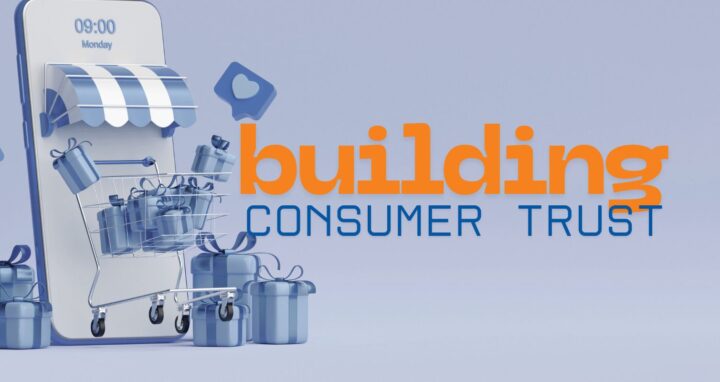This insight post is a summary of the original blog post authored by Tim Moynihan of Airfoil. View the original post, The Best Practices – and Big No-Nos – for Virtual Events and Video Presentations.
More than ever, companies are using video, live-streamed events, and virtual presentations to communicate with customers, the media, and the general public. In a world where nobody wants to add another video call to their calendar, it’s increasingly difficult to capture attention, foster engagement, and make things memorable for audiences on the other side of the screen.
Case in point: CES, the largest technology trade show in the world, went completely virtual this year … At CES 2021, video wasn’t just a bigger part of the brand experience; it was the entirety of the brand experience. With that much at stake, it’s crucial to ensure that your brand isn’t an also-ran in a sea of virtual presentations. The good news is that it doesn’t take a zillion dollars, CGI effects, or a webinar directed by Michael Bay to make things memorable. It all comes down to thoughtful strategy that fits your budget, target audience, and business goals.
Produce (or practice) your video ahead of time:
Live-streamed videos don’t literally have to be shot and streamed in real-time. Use that to your advantage by creating interesting segments, designing graphics, editing things together, and developing content to support your video well in advance. If you do choose to shoot and stream live, practice runs are essential.
Treat it as a permanent piece of content:
Many brands make the mistake of live-streaming a video, then offering no option to view it later. That will significantly limit your ROI and shrink your potential audience. To expand your viewer base many times over, make your video available to view on demand.
Think beyond the video itself:
You’ll need plenty of additional materials to support the content in your video: Press releases, product details, images and videos for reporters, you name it. But you also need to consider accessibility and ease-of-use. Ultimately, think about the experience of reporters covering your virtual event and viewers seeking more context. If you have to rewind the video to identify each speaker or transcribe a quote, the viewer experience will be annoying.
To learn more about best practices (and big no-nos) for virtual events and video presentations, visit the original blog post.
You can also find more partner insights from our feature on Importance of Event and Trade Show Management. Or find more partner insights on using video in public relations.
Michigan-based Airfoil Group is the agency for launching businesses, brands, and products. Airfoil’s team of progressive account professionals and vital Worldcom partners apply a multidisciplinary lens to client communication challenges. The firm develops strategies that maximize clients’ competitive advantages in local, national and global business markets, and with target audiences through traditional and emerging channels.




